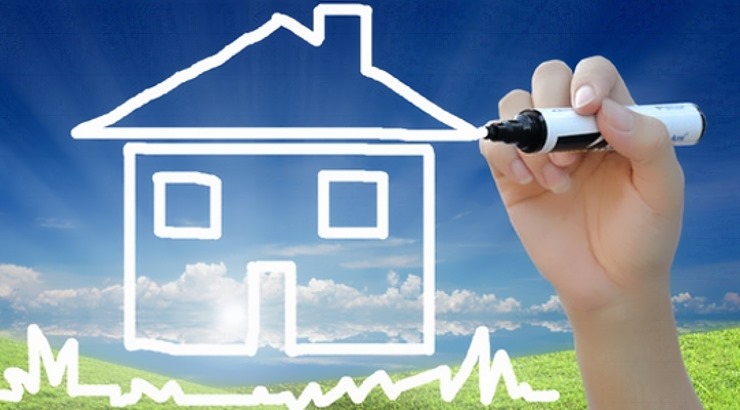Features
Green Building Technology
Examples of green building techniques.

Green building technology entails the use of advanced technologies to create buildings that have minimum to zero negative effects on the environment throughout their lifecycle: from design, construction, operation, maintenance, renovation, and demolition stages.
Thanks to the many benefits of green building technology, builders worldwide are increasingly embracing concepts that create buildings that are efficient in terms of construction and operation costs.
Although building techniques differ from one region to the other, the core idea of green building technology focuses on energy efficiency, materials efficiency, water efficiency, operations and maintenance optimization as well as waste and toxic reduction.
The overall goal of green building is to reduce the negative effects that buildings have on the environment, including the emission of carbon dioxide and other toxic gases as well as the depletion of earth’s resources through irresponsible harvesting of construction materials.
Green Building Technology
Here are great technologies that are transforming the built environment.
1. Zero-Energy Buildings
These are structures that are designed to produce their electricity through renewable energy, thus eliminating the need for a connection to the standard electric grid.
Indeed, a zero-energy building consumes zero net energy per year and produces no carbon emissions since it relies on renewable energy generators such as wind and solar.
While this may sound like an ambitious future green building technology, construction of zero-energy buildings is already happening in developed nations with governments offering subsidies to incentivise the construction of zero-energy buildings.
In the U.S., for example, the government offers a Solar Investment tax credit of 30% off the total system cost, while California offers additional money back for consumers who opt into renewable energy.
2. Electrochromic Glass
Also known as smart glass, electrochromic glass is a type of glass that uses a tiny gust of electricity to charge ions on a window layer and alter the amount of light it reflects.
Unlike the already present low-emittance windows, which block some solar radiation, electrochromic glass allows you to choose the amount of light you want to block using smart building control systems.
RELATED: What is Green Building?
Smart glass is still being improved for use, and skyscrapers of the future will likely have windows that tint automatically during the daytime and become transparent at night.
Proponents of the electrochromic glass say the technology could result in a 25% reduction in a building’s heating, ventilation, and air conditioning costs.
3. Cool Roof System
A cool roof is a rooftop designed to reflect more sunlight and absorb less heat than a standard roof. Under the summer sun, dark shingle roofs can reach temperatures of 65.5 degrees Celsius – putting a strain on air conditioning systems, which raises emissions.
The solar reflectance and decreased thermal emittance of a cool roof can cut temperatures by more than a significant margin thereby improving the interior temperatures of a building.
This reduces the strain on air conditioning systems, which subsequently reduces the carbon emissions that result from powering the cooling system.
Cool roof systems can also lower the heat island effect of urban and suburban areas, which causes abnormally higher temperatures under the scorching summer sun compared to neighbouring rural areas.
4. Smart Appliances
Modern home appliances are designed to save energy while making our lives easier.
Technologically advanced washing machines, dishwashers, and refrigerators are connected to smart meters to make them as energy-efficient as possible.
Smart meters are advanced electric meters that collect real-time data and communicate with devices to generate useful power usage data. Using that data, the appliances can determine power rates and automatically operate when the rates are at their lowest levels.
Improvements are still ongoing to make smart appliances even more efficient.
5. Green Infrastructure
Water runoff from heavy rains can cause flooding in streets and buildings – creating dangerous driving conditions while causing great damage to property. This is where green infrastructure comes in.
It involves landscaping and designing systems dedicated to managing stormwater through the use of plants and soil in urban areas to control the absorption of stormwater.
By encouraging the growth of plants in urban areas, green infrastructure helps to lower the heat island effect produced by heat-absorbing pavements and metallic street furniture.
Plants also improve air quality in urban areas by absorbing carbon dioxide.
There are several techniques for building green infrastructure, with plant boxes, small installations of soil and greenery along the streets being the most basic solutions.














